Introduction
Shrimp, known for their delicate flavor and versatility in culinary preparations, are a staple in many diets worldwide. Whether grilled, boiled, fried, or incorporated into exotic dishes, shrimp’s popularity stems from its rich nutritional profile and ability to enhance the taste of various foods. However, maintaining the freshness of shrimp post-purchase can be challenging, especially for those who buy in bulk or live in areas where fresh seafood isn’t always readily available. This article delves into the intricacies of preserving fresh shrimp, offering practical tips and techniques to ensure your shrimp retain their quality, texture, and flavor until you’re ready to cook them.
Understanding Freshness
Before discussing preservation methods, it’s crucial to understand what constitutes fresh shrimp. Fresh shrimp should have a firm texture, a slightly translucent appearance, and a mild, slightly sweet aroma. Avoid shrimp that have a slimy coat, strong odor, or are discolored, as these are signs of spoilage. When purchasing shrimp, look for those that are still moving or have been recently caught, as they are likely to be the freshest.
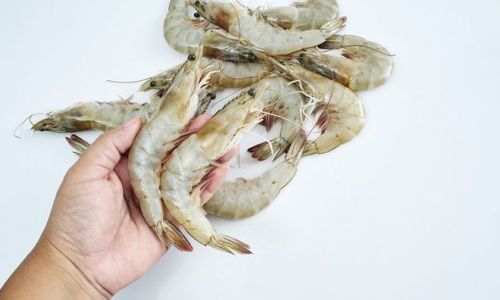
Immediate Handling After Purchase
Once you’ve acquired your fresh shrimp, prompt and proper handling is vital. Here are some immediate steps to take:
-
Separation: If you’ve bought a mix of shrimp sizes, separate them immediately. This ensures even cooling and prevents larger shrimp from overcooking smaller ones during preparation.
-
Rinsing: Rinse the shrimp under cold running water to remove any dirt, sand, or preservatives. Be gentle; over-rinsing can wash away natural juices and flavors.
-
Pat Dry: Use a clean paper towel to pat the shrimp dry. Moisture can promote bacterial growth, shortening their shelf life.
-
Storage Preparation: Depending on how long you intend to store the shrimp and your specific needs, you can choose between refrigeration and freezing.
Refrigeration for Short-Term Storage
For short-term storage (up to two days), refrigerating shrimp is the best option. Here’s how to do it effectively:
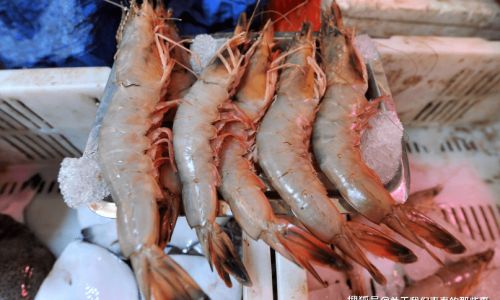
-
Proper Packaging: Place the shrimp in an airtight container or a resealable plastic bag. If using a bag, press out as much air as possible before sealing.
-
Single Layers: Arrange the shrimp in a single layer to prevent stacking, which can crush them and promote uneven cooling.
-
Placement in Fridge: Store the container or bag on the bottom shelf of your refrigerator, where temperatures are coolest and most stable. Avoid placing shrimp near the door, where temperature fluctuations occur frequently.
-
Ice Packs: For added freshness, consider placing a reusable ice pack or a small tray of ice in the container with the shrimp. Ensure the ice doesn’t directly touch the shrimp to prevent freezing.
Freezing for Long-Term Preservation
If you plan to store shrimp for longer than two days, freezing is the way to go. Proper freezing can extend shrimp’s shelf life to several months. Here’s a step-by-step guide:
-
Preparation: As with refrigeration, rinse and pat the shrimp dry. You can peel and devein them before freezing if preferred, but this step is optional.
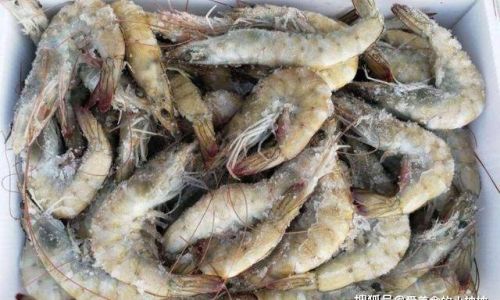
-
Flash Freezing: To prevent shrimp from clumping together, flash freeze them first. Lay them out in a single layer on a baking sheet lined with parchment paper and place in the freezer for about an hour. This quick-freeze method ensures individual pieces remain separable.
-
Transfer to Freezer Bags: Once frozen solid, transfer the shrimp to heavy-duty freezer bags or airtight containers. Remove as much air as possible before sealing to minimize freezer burn.
-
Labeling: Clearly label the bags or containers with the date and contents. This helps you keep track of how long the shrimp have been frozen and ensures you use them before their quality diminishes.
-
Proper Freezer Storage: Place the shrimp in the coldest part of your freezer, typically the back. Avoid opening the freezer door frequently to maintain a consistent low temperature.
Thawing and Reheating Freshness-Retaining Tips
When you’re ready to use your frozen shrimp, thawing and reheating them correctly is crucial to preserve their quality:
-
Thawing Methods: The safest way to thaw shrimp is in the refrigerator overnight. Alternatively, you can place them in a sealed bag and submerge in cold water, changing the water every 30 minutes until fully thawed. Avoid thawing shrimp on the counter or in hot water, as this can promote bacterial growth.
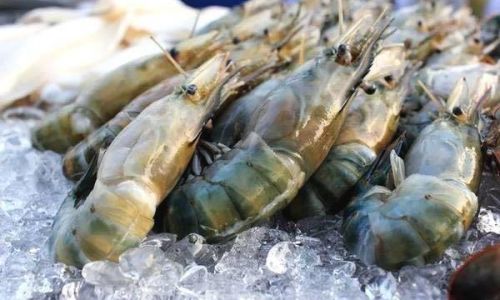
-
Reheating: When reheating cooked shrimp, use low to medium heat to prevent overcooking and drying out. Steaming or sautéing are preferred methods as they retain moisture and flavor.
-
Immediate Use: Once thawed or reheated, use shrimp promptly to avoid any risk of spoilage.
Conclusion
Preserving fresh shrimp doesn’t have to be complicated. By following these simple yet effective tips and techniques—from immediate handling after purchase to proper refrigeration and freezing methods, and finally, thawing and reheating practices—you can ensure your shrimp stay fresh, delicious, and ready for any culinary adventure. Remember, the key to successful shrimp preservation lies in promptness, proper packaging, and maintaining consistent cold temperatures. With these principles in mind, you can enjoy the best of what shrimp have to offer, anytime you want.
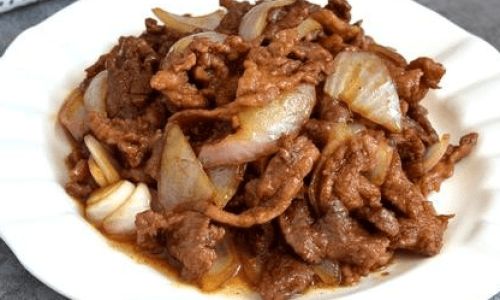


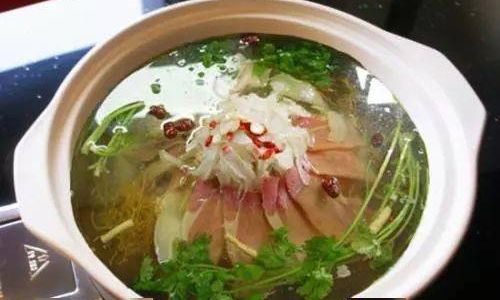

0 comments